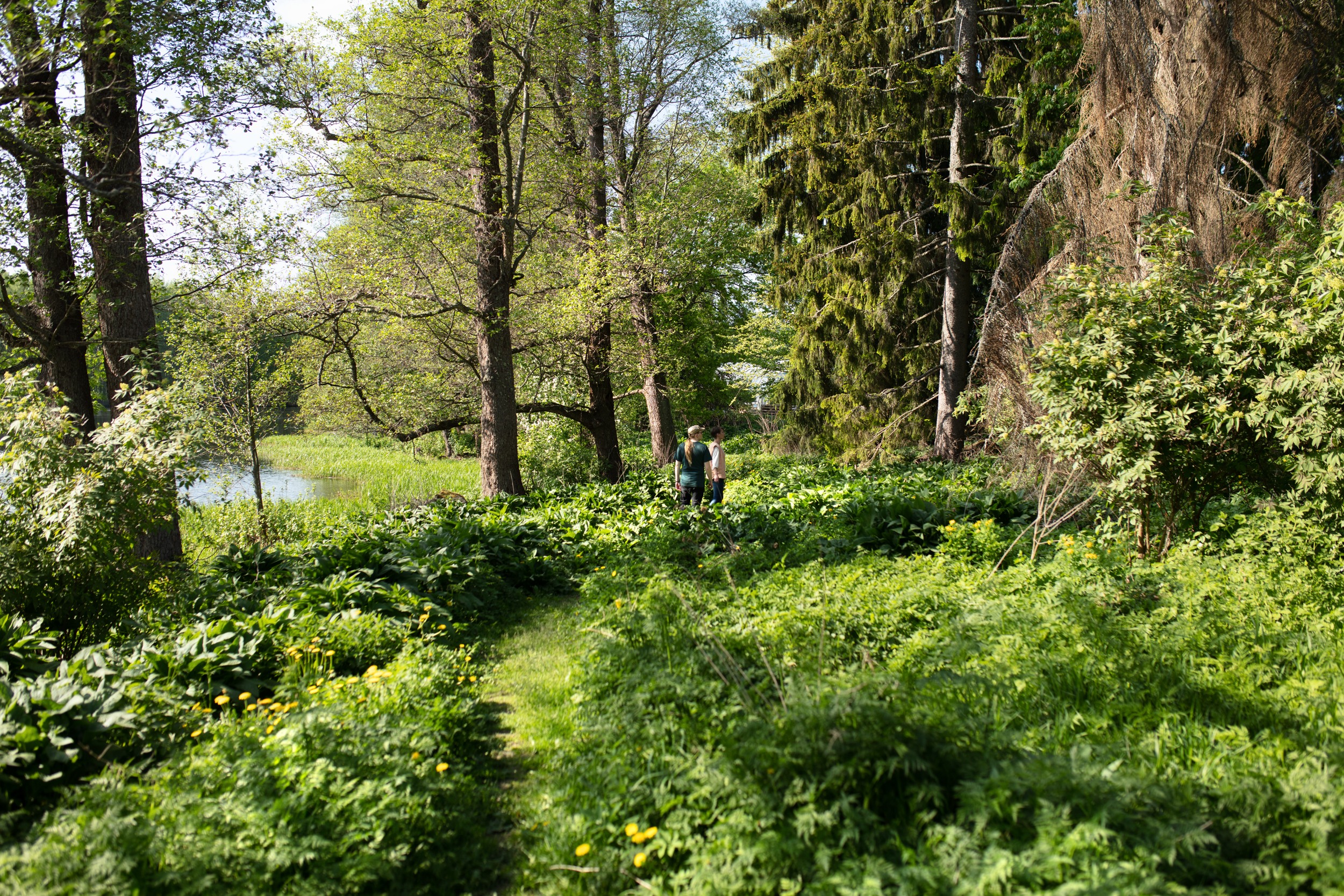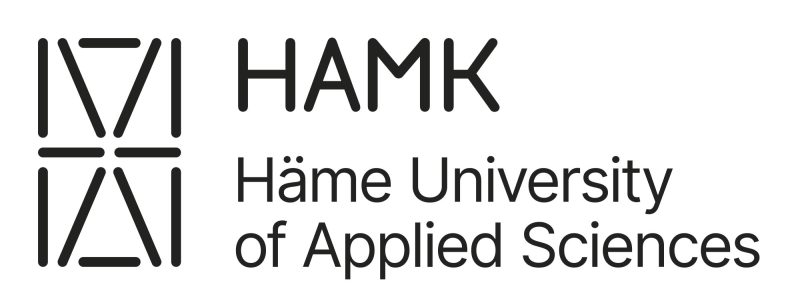
EXO FOREST
Developing an exoskeleton for supporting lower limb in brush cutting


Project information
| Project | Developing an exoskeleton for supporting lower limb in brush cutting (EXO FOREST) |
| Duration | 1.8.2024 – 29.06.2027 |
| Partners | Häme University of Applied Sciences Häme Vocational Institute |
| Funders | European Agricultural Fund for Rural Development (EAFRD) European Innovation Partnership (EIP) Funding granted by: Häme Centre for Economic Development, Transport and the Environment (ELY Centre) |
| Budget | 288 202,60 € |
In our EIP project, we are developing a lower limb-supporting exoskeleton designed to reduce the physical strain of brush cutting in forest management and improve work productivity.
Forest management tasks, such as brush cutting, are physically demanding. The work involves frequent bending, squatting, and carrying loads, placing significant strain on the lower limbs and back. This contributes to musculoskeletal disorders and increases the barriers to entering the profession. Additionally, labor shortages in forestry and the needs of an aging workforce pose challenges to the sustainability and productivity of the sector.
Our goal is to develop an exoskeleton that provides lower limb support, reducing the physical strain of brush cutting and improving ergonomics. This will enhance worker well-being and enable the development of new working models in forestry.
By improving work efficiency and ergonomics, the exoskeleton supports the sustainability and attractiveness of forestry, promoting safer and more efficient work practices.
Target group
The primary users of the developed exoskeleton are forestry professionals engaged in brush cutting and seedling planting, as well as private forest owners who manage their own forests. The target group also includes young professionals entering the forestry sector, women, and older workers, for whom physically demanding tasks may pose challenges.
The exoskeleton reduces physical strain, enhances work productivity, and increases the attractiveness of forestry among different worker groups. Additionally, it supports the development of new, lighter, and more ergonomic work models for brush cutting, contributing to the sustainability of forestry and improving occupational well-being.
Operating area
The project is implemented in the Kanta-Häme region, specifically in Evo, Hämeenlinna, where pilot testing and development work will take place.
The benefits extend across Finland, as forestry practices and working methods are largely consistent nationwide.
International partners (SDU, Borås, and InteSpring) bring global expertise in technology and research, potentially expanding the project’s impact beyond Finland to the broader European forestry sector.
Follow us on social media!
Check out HAMK’s social media channels focusing on research!
Contact information


